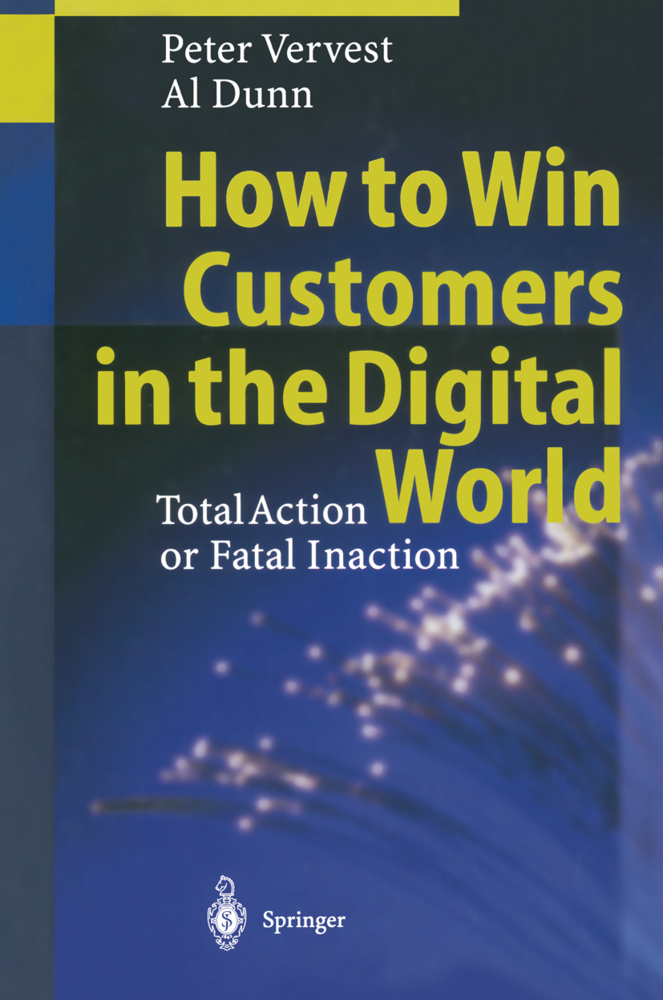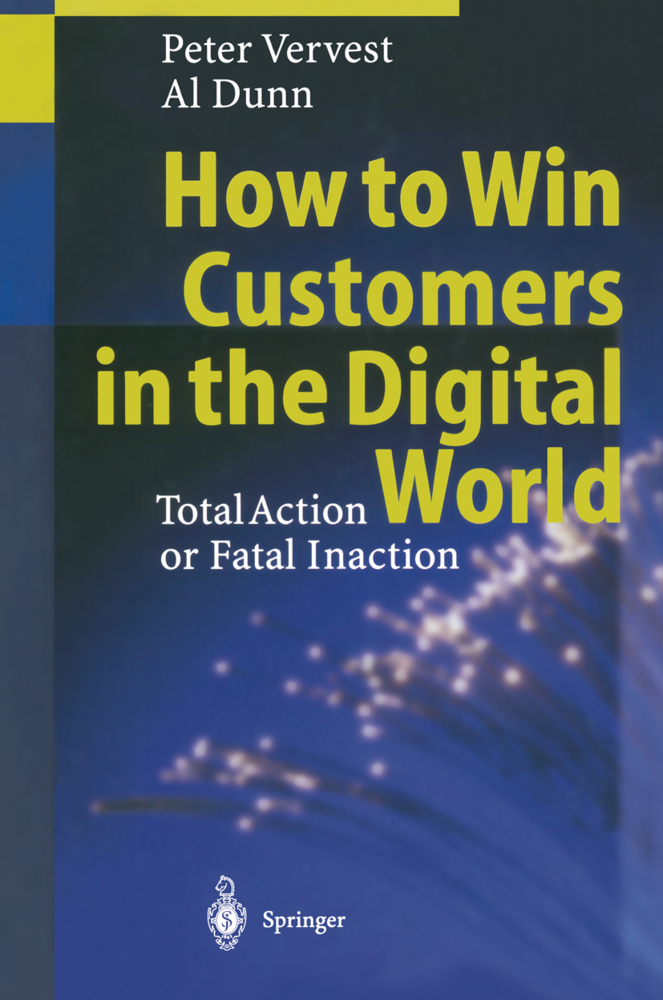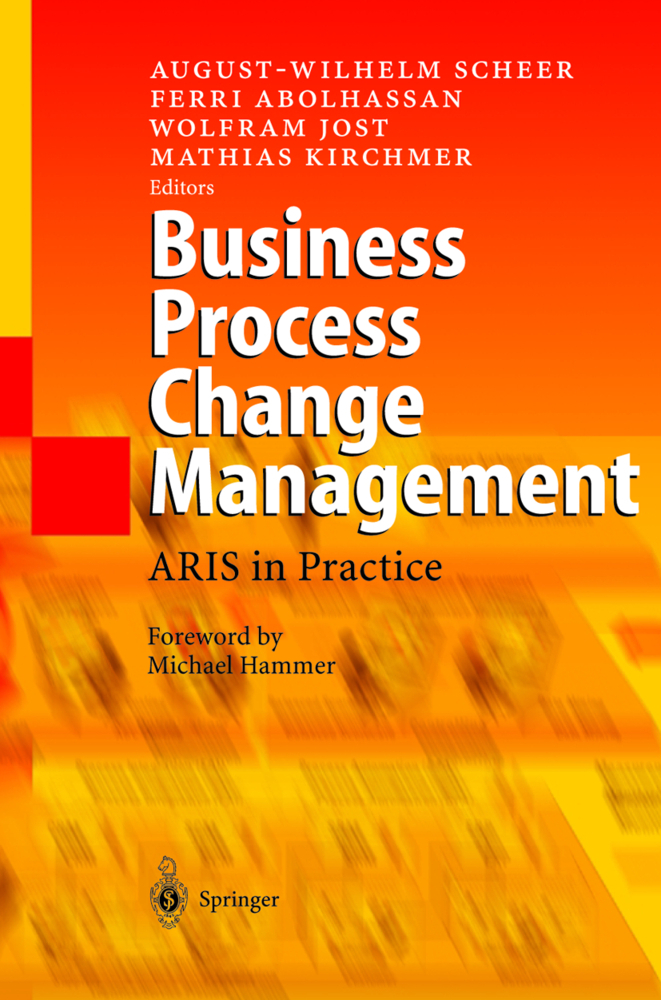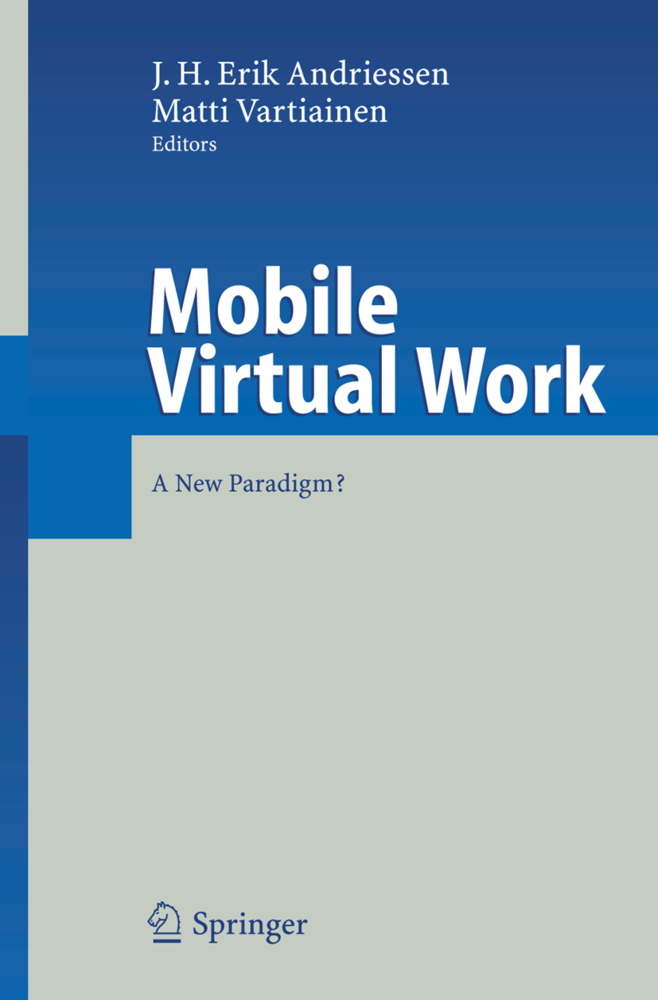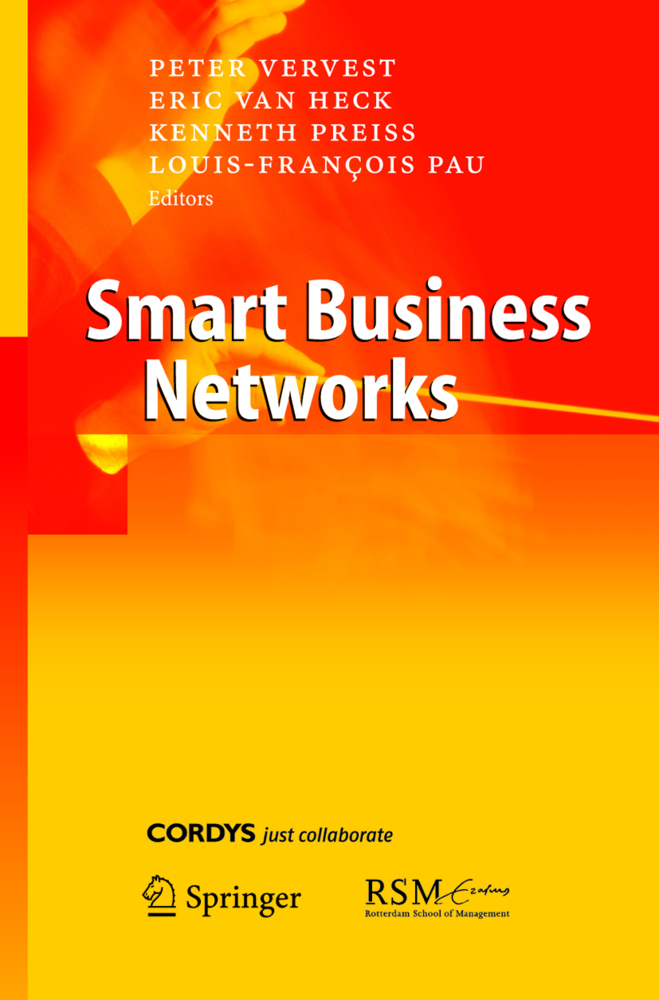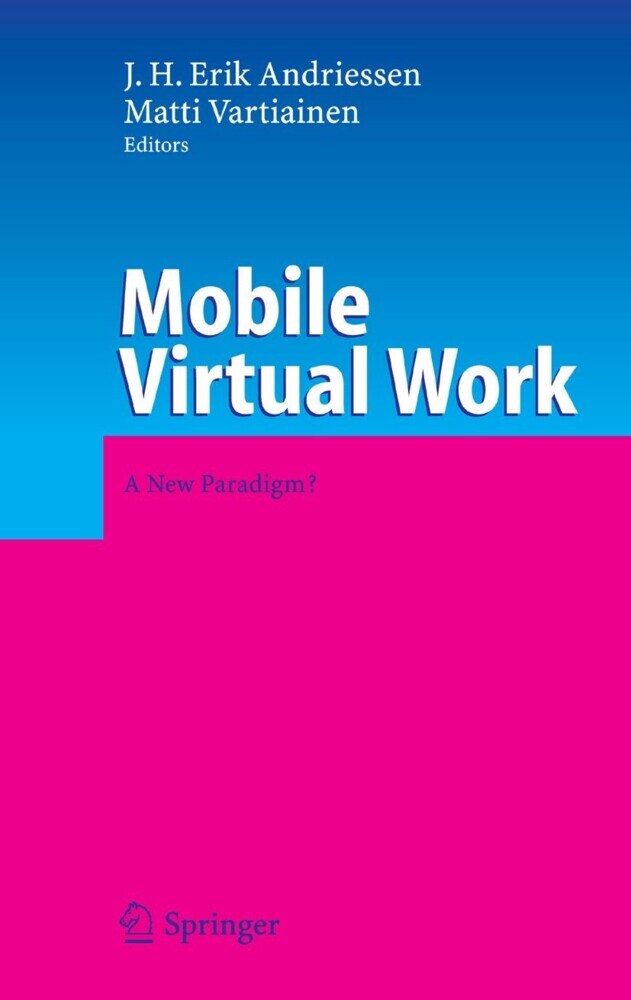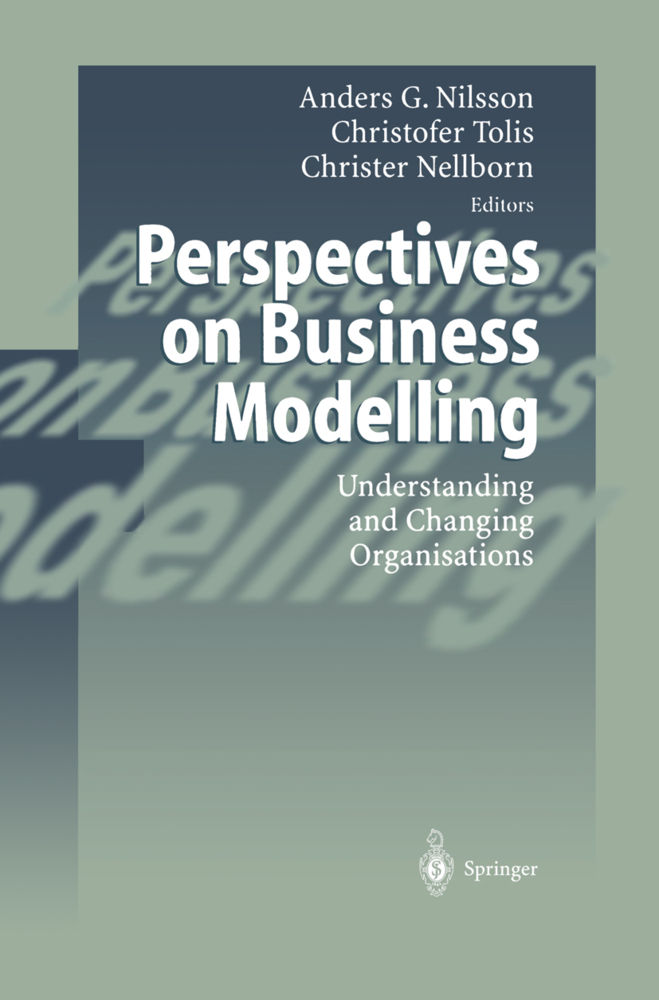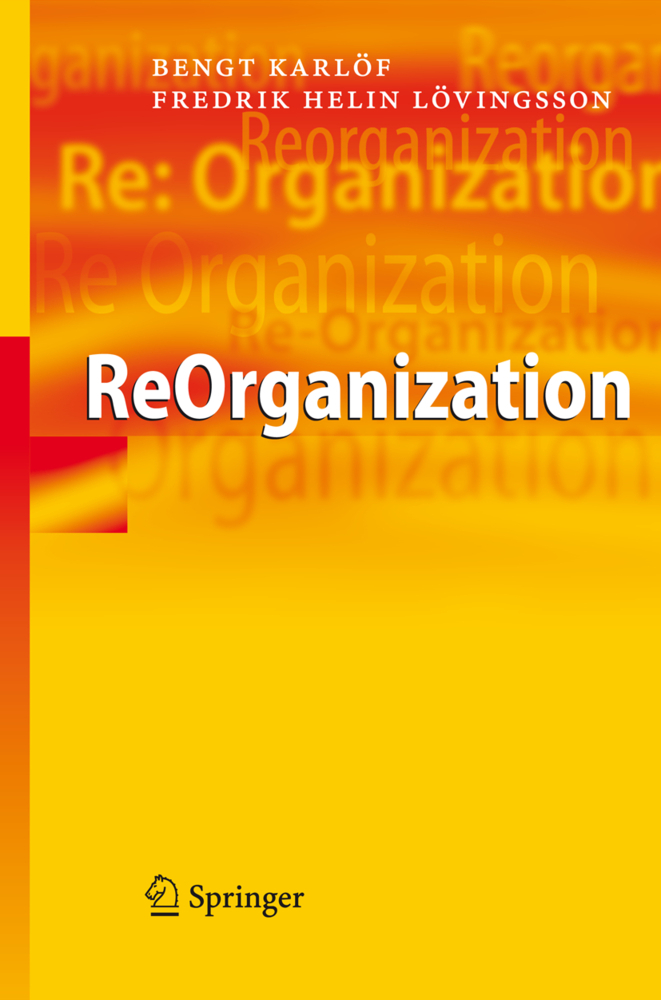How to Win Customers in the Digital World
Total Action or Fatal Inaction
How to Win Customers in the Digital World
Total Action or Fatal Inaction
Every organisation must strive for Total Action. Winning the customer in today's highly competitive and demanding world is the key to ensuring success. All managers and employees profess to understand this yet they find it incredibly difficult to perform together to achieve this. The 'digital world' is changing the traditional logic of business - we must now act fast and effectively to capture and retain increasingly demanding and sophisticated customers, be they individuals or organi sations. Most customers demand much more than many organisations are able to deliver. It is said that the inventor of the telephone believed its main use would be to let someone know that a telegram was arriving. Today we know there is a lot more you can do with a telephone ... and all the surrounding digital business technologies. But you must be prepared to re-think why you are doing things the way you are. And why you are doing them at all. This is the starting point for 'How to win customers in the digital world - Total Action or Fatal Inaction'. The authors confront traditional ways of organising with the capabilities of the new, digital business technologies. They are critical of the frozen behaviour of today's large organisations. They go back to the fundamental goal that business is about making money by satisfying customers.
1.2 The impact of digital business technologies
1.3 What makes it so difficult?
1.4 The Total Action scorecard
1.5 The Total Action model
1.6 Questions from the board
2 Digital business technologies and Total Action
2.1 The new digital business technologies
2.2 Why are digital business technologies so important?
2.3 Total Action elements
2.4 The Total Action model
3 Weeding out Fatal Inaction
3.1 What is Fatal Inaction?
3.2 The roots of Fatal Inaction
3.3 The characteristics of Fatal Inaction
3.4 Moving out of Fatal Inaction
3.5 The Total Action scorecard
3.6 The sum is greater than the parts
4 The Total Action casebook
4.1 The casebook approach
4.2 The US Army case
4.3 The American Airlines case
4.4 Banking on information: the First Direct case
4.5 Total Action policing
4.6 Trying to connect to you
4.7 The postman never rings twice
5 Engaging outside-in: the route to Total Action
5.1 The challenges of Total Action
5.2 Why should we do this...and what's different?
5.3 Where - and how - do we begin?
5.4 Mindset over matter
5.5 What next?
Notes
About the authors.
1 The boardroom agenda
1.1 Win with your customer1.2 The impact of digital business technologies
1.3 What makes it so difficult?
1.4 The Total Action scorecard
1.5 The Total Action model
1.6 Questions from the board
2 Digital business technologies and Total Action
2.1 The new digital business technologies
2.2 Why are digital business technologies so important?
2.3 Total Action elements
2.4 The Total Action model
3 Weeding out Fatal Inaction
3.1 What is Fatal Inaction?
3.2 The roots of Fatal Inaction
3.3 The characteristics of Fatal Inaction
3.4 Moving out of Fatal Inaction
3.5 The Total Action scorecard
3.6 The sum is greater than the parts
4 The Total Action casebook
4.1 The casebook approach
4.2 The US Army case
4.3 The American Airlines case
4.4 Banking on information: the First Direct case
4.5 Total Action policing
4.6 Trying to connect to you
4.7 The postman never rings twice
5 Engaging outside-in: the route to Total Action
5.1 The challenges of Total Action
5.2 Why should we do this...and what's different?
5.3 Where - and how - do we begin?
5.4 Mindset over matter
5.5 What next?
Notes
About the authors.
Vervest, Peter
Dunn, Al
Hoogeweegen, M.
Cameron, N.F.
Weesing, T.
| ISBN | 9783642630651 |
|---|---|
| Artikelnummer | 9783642630651 |
| Medientyp | Buch |
| Auflage | Softcover reprint of the original 1st ed. 2000 |
| Copyrightjahr | 2012 |
| Verlag | Springer, Berlin |
| Umfang | 250 Seiten |
| Abbildungen | XXI, 250 p. |
| Sprache | Englisch |

